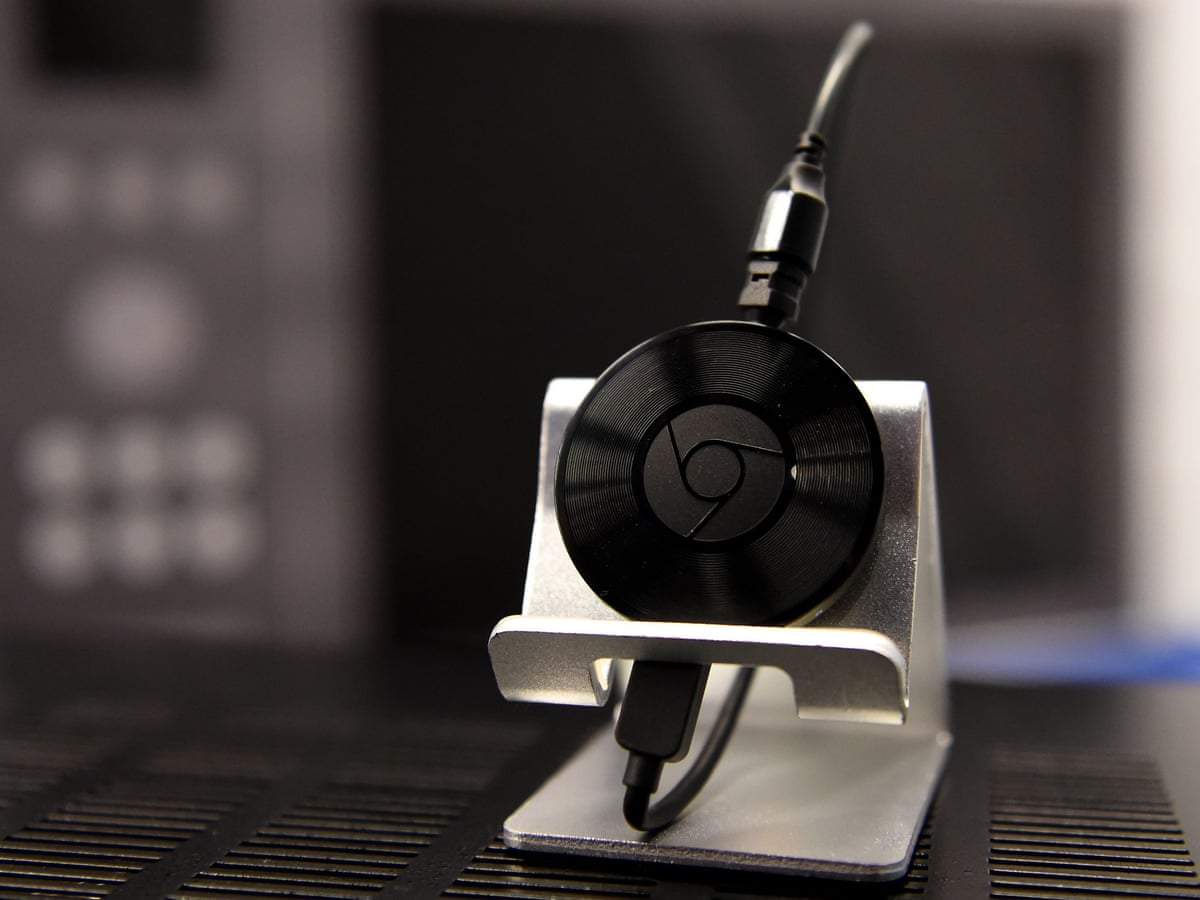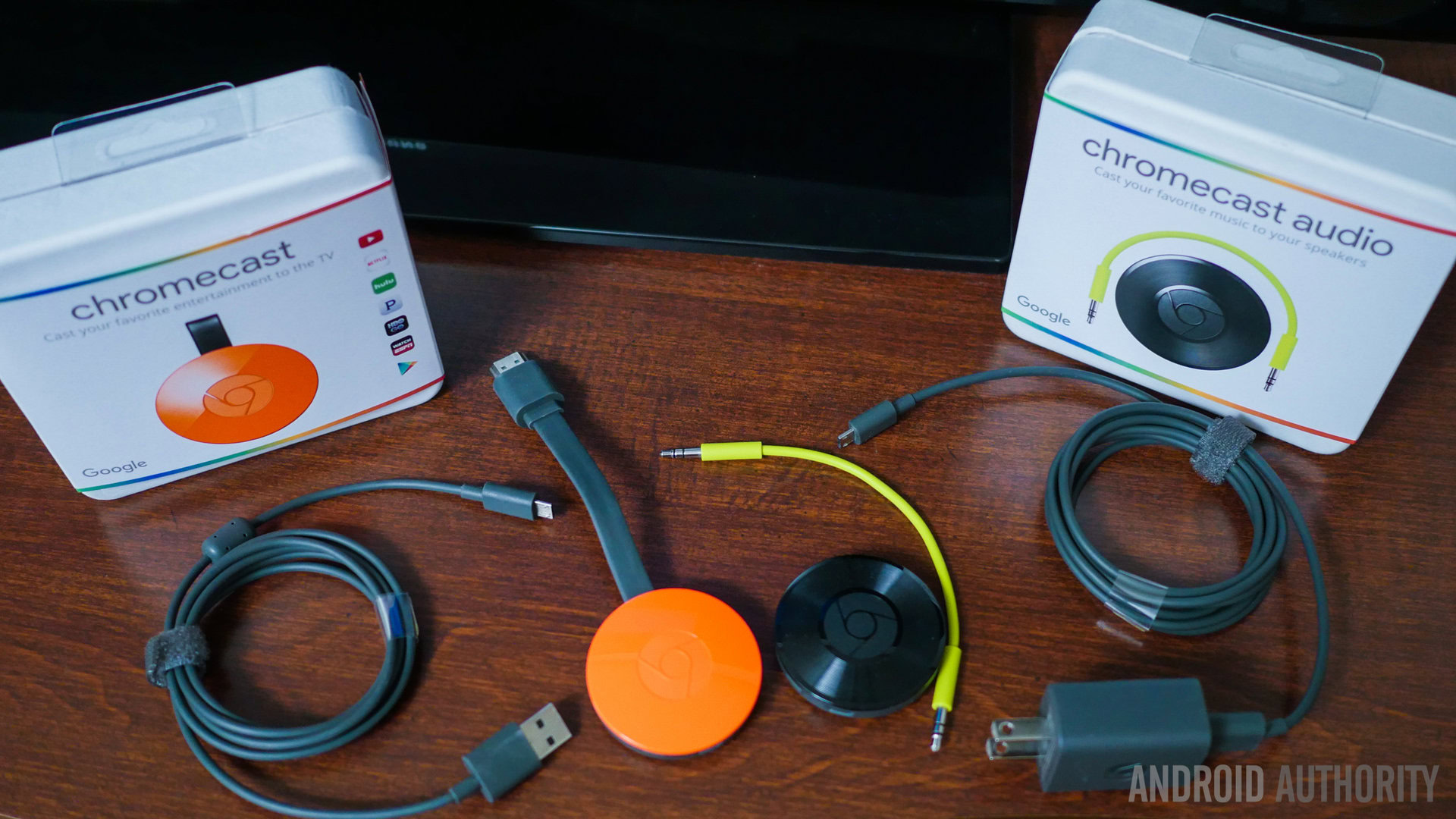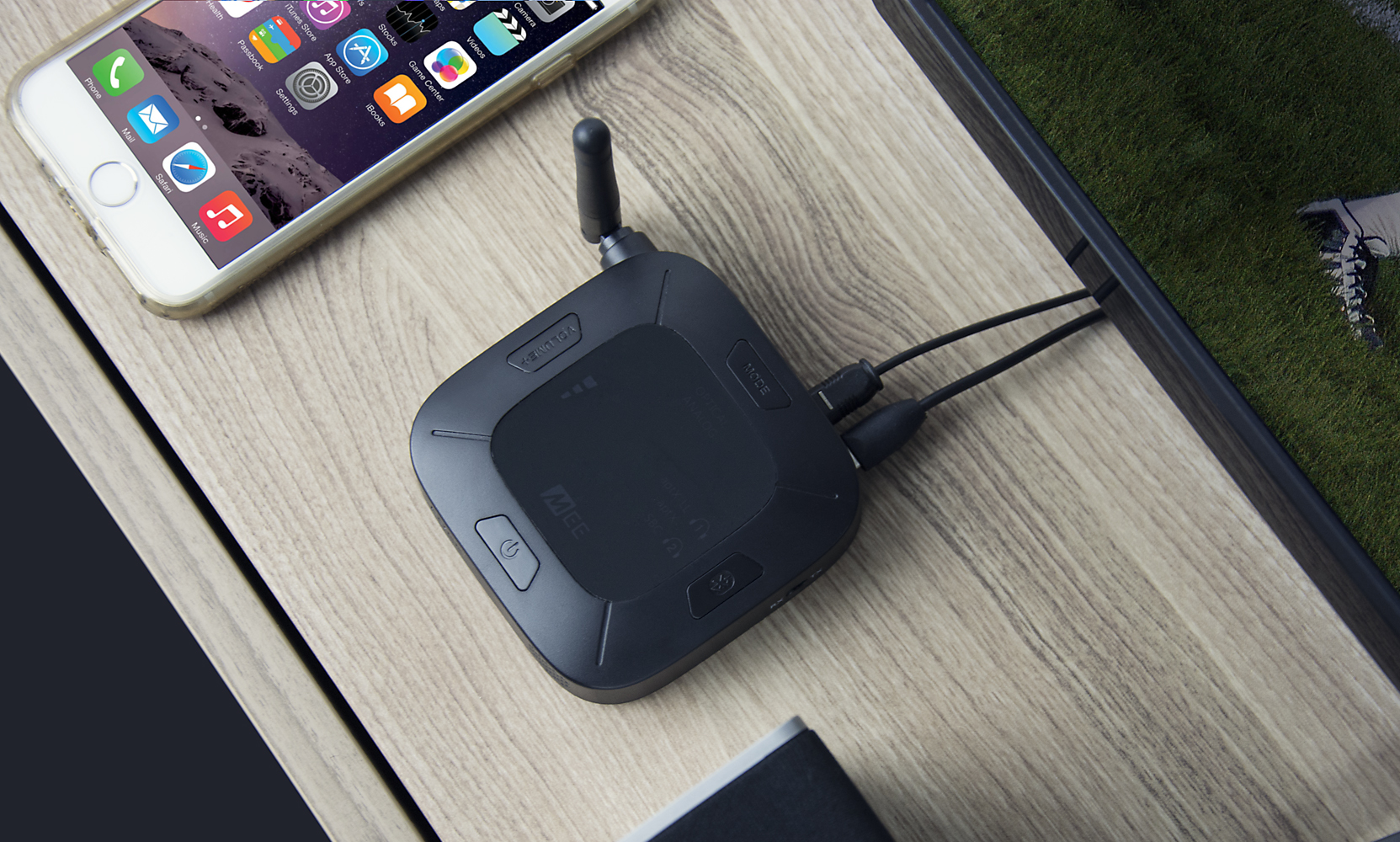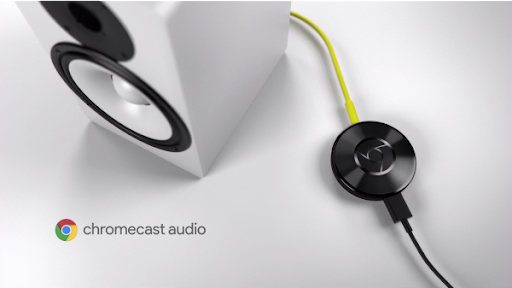About a year or so prior, I chose to arrange every one of my speakers together to have the option to do multiroom sound. I provided myself with a bunch of straightforward boundaries.
Incidentally, this unmistakable blend of boundaries is a recipe for going frantic, however one that drove me to a little organization called WiiM, which makes an ideal little gadget that simply works, is reasonable, and is by and large forcefully refreshed to continually add new usefulness. Assuming that you need an answer that simply works, skirt ahead. On the whole, we should begin with what didn't work and why this whole cycle was so unnecessarily troublesome.
Tech Companies Don’t Want You to Have Nice Things
Alright, so Sonos. I know certain individuals that depend on Sonos, and I get it, however I'm not the slightest bit doing that. Beside the fundamental expense issue, I'm simply not happy being gotten into its environment. What I essentially required was a puck or box, perhaps one with an optical sound out or DAC, that works with my current sound stuff.

The issue lies with here is the problem: large tech organizations are totally uninterested in giving you a. Or on the other hand, rather, they are not generally inspired by it. Assuming that you are the sort of individual that utilizes Chromecast, you might recall the Chromecast Sound, a little reasonable sound just puck delivered and afterward ceased by Google. Those little men are perfect: they functioned admirably, they were reasonable, and Google chose to kill them one day.
The Chromecast Sound functions admirably that individuals keep on accumulating them right up 'til now, similar to how individuals used to store Apple's old AirPlay-empowered Air terminal Express. Apple, similar to research, additionally appears to be uninterested in giving geeks like me what we need, and as of not long ago, a straightforward, modest AirPlay 2 decoration was difficult to find (once more, erring on that later on!).
There are likewise stalwarts who actually utilize open-source variations of the Logitech Media Server programming and SqueezeBoxes, a line of organization decorations that have had an extremely productive life well subsequent to being ceased. I regard those individuals like soldiers.
Having precluded Sonos and Chromecast Sound, my consideration went to one final frantic, probably futile stronghold with explicit requirements: cobbling something together out of Raspberry Pis. What's more, this is where things get truly muddled.
Raspberry Pi Audio, a Tale of Woe
Audiophiles love the Raspberry Pi since it does precisely exact thing you advise it to do, it very well may be extended effectively, and it is hypothetically modest. On the off chance that you've never utilized a Pi, it's a minuscule Visa estimated PC that you can grow with small "caps." A few organizations make reasonable DAC and Amp answers for the Pi, including one called HiFiberry, thus I chose to take a stab at that. Assuming the worst, I have a lot of extra Pis. (Remember I set out on this undertaking before the Incomparable Raspberry Pi Dry spell of the recent years.

There's various ways of utilizing a Pi and different music players you can add to it. I know many individuals that depend on Volumio, yet I for one favor MoOde on the grounds that it allows you to do exceptionally granular room rectification (testing with mics to address for the constraints of a speaker in a space) utilizing a program called CamillaDSP. A ton of present day speakers like the HomePod and Sonos' Trueplay utilize a mechanized form of this cycle, however doing it expertly permits you to get exact and granular. I associated them to my speakers. They worked! Furthermore, now that I had a method for funneling music into my speakers, I calculated a geek probably concocted a powerful answer for have them converse with one another.
Here is the thing about multiroom sound norms: it resembles the wild west out there. There are different executions, and a great deal of it is only some kind of DLNA/Widespread Fitting and Play, however really getting something that simply works can make you absolutely bonkers. Right away, I attempted Snapcast (open source! There's a Volumio module!), yet that never worked barely out of the entryway.
I ultimately had a go at setting it up with AirPlay 1, and that required days to set up, worked discontinuously, and didn't permit me to have the granular control I needed. In a normal world, there would simply be an open-source, settled upon standard that everybody can utilize, something much the same as Issue for sound, yet once more, colossal tech organizations don't bring in lucrative you blissful. The forthcoming Matter television spec update can actually envelop sound, yet I'll accept that when I hear it siphoning uncompressed FLACs into five unique speaker frameworks.

There is one answer for Raspberry Pi that totally works as expected, and that is Roon. In the event that you are a sound sicko, Roon is the best quality level. A membership administration takes your current music library, carefully coordinates every one of your records with lovely craftsmanship, then, at that point, makes them effectively open and spilling in the most elevated loyalty conceivable, both multiroom locally and over the cloud.
This is completely upheld by RAAT (Roon Progressed Sound Vehicle) and is essentially AirPlay for folks who own $20,000 JBL Speakers from the 1960s. It resembles assuming PlexAmp was great, and it even works with Raspberry Pis! The issue is that while I have colossal regard for Roon Labs, by no means am I paying for a help that simply plays my own FLACs.
In this way, Roon was no longer available, and Snapcast with AirPlay 1 didn't work, however new advancements had unfolded. AirPlay on Raspberry Pi is intriguing on the grounds that, as you might have speculated, it's not on there with the gift of Apple, tenacious developers figured out it to work. This initially begun as Shairport and afterward was forked at last as Shairport-Sync by Mike Brady.
Some time back, somebody figured out the code for AirPlay 2, and when I was doing this undertaking, a creaky, trial advancement branch gave the idea that upheld it. AirPlay 2 backings multiroom sound, works with any iPhone (this covers the vast majority who need to come over), and keeping in mind that it has a few constraints according to an audiophile viewpoint, it got me by and by more than halfway there. And furthermore it works with the HomePod Smaller than expected, which I purchased discounted at Costco and have viewed as the most un-hostile savvy speaker to toss in a kitchen.
The most common way of introducing the dev part of Shairport-Sync was genuinely tangled and involved SSHing into the Pis and doing different Linux orders that I would rather not talk about in amenable organization, yet it worked. I was elated. This is precisely how the architects at NASA probably felt during the moon arrival, and it, in all honesty, was similarly as vital to me. It got me more than halfway there, and as of late, the devs at long last moved the AirPlay 2 usefulness into the principal part of Shairport-Sync, so assuming you introduce MoOde or whatever other player that utilizes Shairport, it'll simply be on there, and arrangement is a breeze.
And Then Came the Wiim Mini and Wiim Pro
The WiiM Little fired springing up on my radar subsequent to being referenced on Sound Science Survey, too by different sound YouTubers I follow. It's a truly straightforward gadget, only a tad Wi-Fi puck with a basic Texas Instruments DAC, an optical sound out, a USB port for power, and several aux ports. In the months since I had for the most part crushed my sound issue, Raspberry Pis had become difficult to track down and subsequently extremely valuable in the optional market, so I chose to purchase a WiiM Smaller than usual just to check whether I could let loose a couple of them.

For about $80, the WiiM Scaled down endlessly functions admirably. I was stunned. It's stunning how much less complex it is than the Linux-enhanced cauldron I had chosen to put myself through. The decoration is "bit awesome," meaning it will pass the sound on at a similar example rate bit profundity as the source. So on the off chance that you as of now have a DAC (computerized to-simple converter) with a TOSLINK input, you can interface this terrible kid to it, do a moment of minor arrangement, and you are all set. The implicit DAC chip is a reasonable Texas Instruments PCM5121, which is nothing to call home about except for finishes the work for a great many people that aren't gigantic audiophiles and just want to plug something into their sound system with a 3.5mm link.
The WiiM Smaller than usual has AirPlay 2, yet its going with application likewise upholds a large number of elements, including Spotify, Amazon Music, Qobuz, Flowing, and a lot of different administrations I won't ever utilize (albeit not Apple Music). You can utilize Amazon Alexa or Siri to control it, and it can gathering to a Reverberation or other Amazon gadget. It works with HomeKit, and geeks have proactively hacked in help for Home Colleague. You can stream up to 24-cycle/192 kHz of gapless sound on it.
It allows you naturally to match up the planning of your speakers with an underlying mic, and you might do manual changes. Different WiiM gadgets can be handily gathered for synchronized play. It even has a realistic EQ, and WiiM has expressed that a Parametric EQ is on its guide. The application is genuinely direct to utilize, it is unimaginably easy to coordinate your gadgets. It is precisely very thing I really wanted it to be.
In the wake of sending off the Small, WiiM additionally presented the $149 WiiM Master, which I likewise purchased to try out. The WiiM Star has a couple of highlights that might make it worth going overboard on, including Chromecast Sound (the Little is sadly not strong enough to help it), optical and RCA inputs for steering from another gadget, and a wired organization association in the event that you don't want to depend on Wi-Fi. Likewise, the two gadgets support spilling from a neighborhood server over DLNA, so me and every one of the Logitech Media Server misfits can play our debased FLAC records from a server on our organization over various speakers in wonderful sync.

The gadget has unusual little hiccups sometimes. Between refreshes, I have needed to reset it, and during arrangement, it confusingly requested my area, which I won't give (sorry, man, pleasant attempt). Generally speaking, however, my experience has been positive, and what has dazzled me as well as numerous YouTubers, is the forceful, fast speed at which WiiM has been refreshing its center items. The WiiM Smaller than normal began strong and, over the course of the last half year, has been quickly adding highlights and carrying out bug fixes.
Individuals grumbled about the inertness on the Toslink Contribution of the Genius for television sources, so the organization straightened out the inactivity (despite the fact that it is as yet noticeably flawed). Individuals have requested PlexAmp support, so WiiM has expressed that it is adding it. The WiiM Ace is at present while heading to being a Roon-prepared gadget. On the off chance that you go on the WiiM gatherings and request a component, the organization will, at any rate, pay attention to you and conceivably even execute it.

